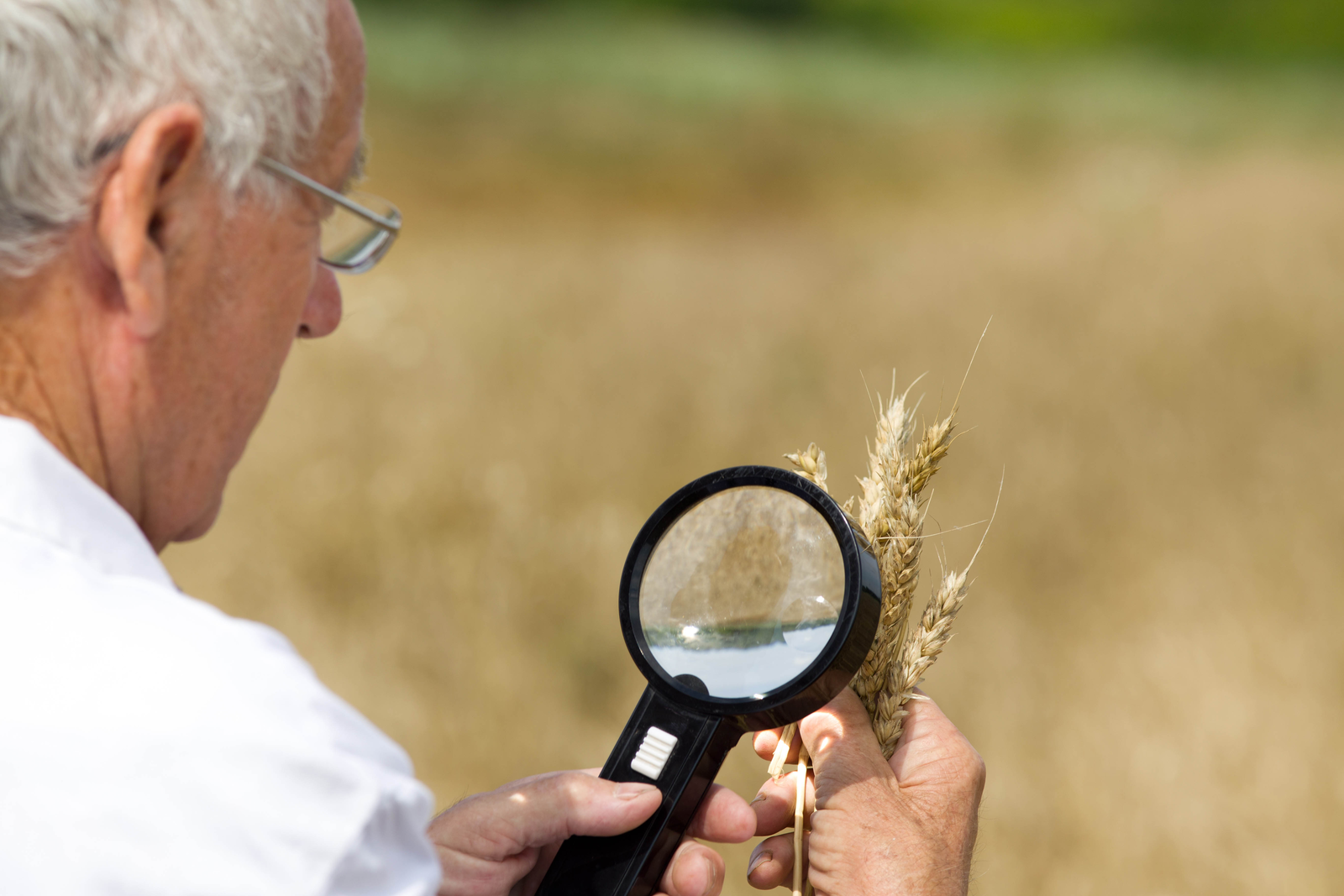“Still plenty of work to do on mycotoxins”

An effective mycotoxin strategy entails more than one measure. At the same time, climate change, new feed ingredients (such as mealworms) and plant toxins are there to make it even more challenging to keep humans and animals free of exposure. This was one of the conclusions from the World Mycotoxin Forum, held November 10-12 in Vienna, Austria.
The World Mycotoxin Forum (WMF) attracted around 400 experts from 35 countries. This record attendance reflects the international interest in this topic and the need to find solutions on a global level.
Multi-contamination and mealworms
The theme of the WMF was ‘the systems approach’. Indeed, mycotoxins can only be reduced or eliminated when multiple strategies are applied. Several speakers named the complexity of mycotoxins interaction as a topic that still needs more risk assessment research, as addressed by Isabelle Oswald from INRA in France. “Humans and animals are generally not exposed to one mycotoxins, but to several mycotoxins at the same time. The toxicity of these combinations cannot always be predicted, based upon their individual toxicities”, she explained. Another topic that has not been researched to the fullest yet, is the occurrence of mycotoxins in alternative and new feed ingredients such as insects. Dennis Oonincx from the University of Wageningen in the Netherlands explained that only a few studies are available on the risk of mycotoxins contamination of edible insects. “Studies we did in mealworms showed that mealworms not seem to suffer from a mycotoxins (DON) contamination. We didn’t see increased mortality for example and growth of the mealworms was not affected. It could be that the insects are able to metabolise the mycotoxins. But the existence could pose a threat for humans and animals and this needs further research”, Oonincx explained. Also, several speakers highlighted the effect of climate change on crops and hence the formation of mycotoxins.
Plant toxins in eggs
The mycotoxins that are found in raw materials and hence animal feed are on many companies’ priority list. But what about plant toxins that are naturally found, often abundantly, in for example aromatic plants used as food ingredients, scents and flavours, and traditional herbal medicines? To exchange the current knowledge on this topic and to highlight the challenges for the future, the WMF organizers added the World Plant Toxin Forum (at the first day of WMF) to the overall event. It was the first time that this topic was part of the symposium. Professor Gonzalo Diaz from the National University of Colombia delved into the pyrrolizidine alkaloids (PA), a large group of compounds found in more than 6,000 plant species. “The 1,2-dyhydropyrrolizidine alkaloids (DHPA) are considered most toxic and are known to cause intoxication in animals and humans. They are found in the plants rattlebox and crotalaria for example”, Diaz explained. “Tests, done by our University, with Crotalaria pallida in laying hens showed an decreased body weight and feed intake. Also egg mass production and average egg weight were decreased”. Diaz concluded that because it was demonstrated that DHPA can be transferred from the feed to the eggs, it is highly recommended that eggs are being monitored for DHPAs on a regular basis.
Active role for EFSA
The European Food Safety Authority had an active role this year at the WMF. Experts from the Panel on Contaminants in the Food Chain (CONTAM Panel) and EFSA scientific staff were present. As part of the conference programme, EFSA organised a dedicated seminar on “Mycotoxins and EFSA risk assessments – safer food and feed” to highlight various aspects of the Authority’s role and developments in this area. Hans Steinkellner from EFSA explained some of the risk assessments published. “One of them is about the mycotoxins nivalenol. A somewhat unknown species for some. We found that exposure to nivalenol is not a health risk to humans. The highest levels for this mycotoxins were found in unprocessed grains. For pigs and poultry, the risk is low. In cattle on maize silage we found 1.9-4.6 ug per kg BW/day. However, for ruminants, fish, horses, dogs and cats the health risks could not be assessed due to lack of enough data”, according to Steinkellner. The conclusions are based on over 13,000 samples of feed, food and unprocessed grains from 18 countries. Jaume Galobart from EFSA also updated the audience on how EFSA assesses feed additives, intended to reduce the contamination of feed by mycotoxins. He referred to the new functional group for these products, which was introduced in 2010.
AllAboutFeed is mediapartner of the World Mycotoxin Forum and distributed its Managing Mycotoxins special issue at the event. This issue can also be read online.











